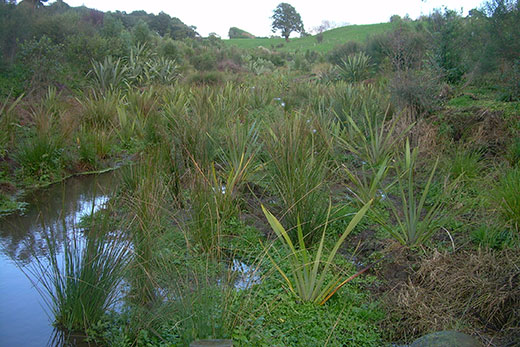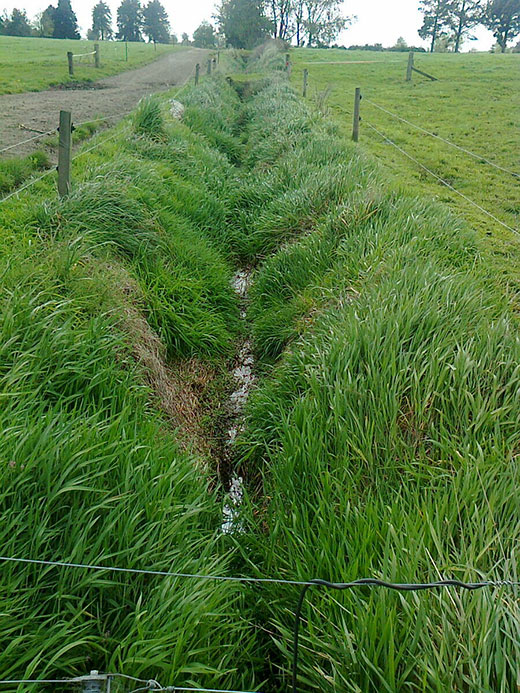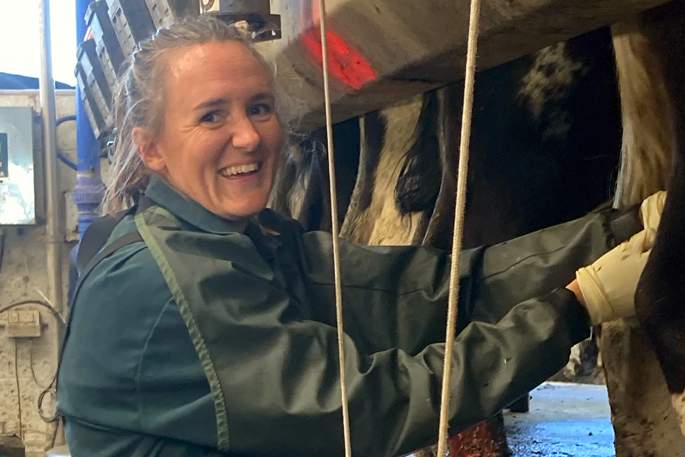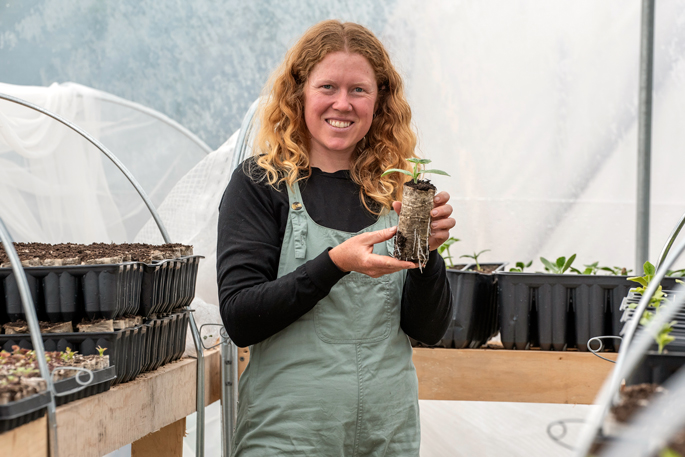The improvement of rural waterway health is a topical issue most farmers acknowledge requires on-farm action.
Rather than simply avoiding problems, there is a strong push in the rural sector to deliver waterway enhancement.

Planting gully floor wetlands and alongside streams can help avoid impacts, preserve existing values and create long-term improvements in water quality.
Although the health of most rural waterways is degraded, significant lasting improvements can be achieved using simple on-farm solutions.
At Fieldays, I discussed waterway management methods with farmers at the Open Country Dairy stand and was encouraged by the number of suppliers who’ve fully fenced their waterways and undertaken enhancement.
It was a pleasure to hear the satisfaction farmers are getting from their hard work as the benefits start to become noticeable.
However, it is also evident getting good advice on waterway management is crucial to ensure the time, effort and expense produce positive results.
Why should you take on this task?
In addition to legislation, regional council plan rules and bylaws, are also rural industry standards that include guidance on land and watercourse management practices including:
• Sustainable Dairying: Water Accord
• Beef + Lamb New Zealand: Land and Environment Planning Toolkit
• New Zealand Environmental Code of Practice for Plantation Forestry
• Horticulture New Zealand: Erosion and Sediment Control Guidelines for Vegetable Production – Good Management Practices
The consistent theme of these documents is land use activities must consider the management of waterways, wetlands and riparian (stream bank) margins to avoid impacts, preserve existing values, and create long-term improvements.
The Sustainable Dairying: Water Accord was signed in July 2013 to enhance the performance of dairy farming as it affects freshwater.

The Sustainable Dairying: Water Accord aims to enhance the performance of dairy farming as it affects freshwater.
Following on from Clean Streams, this new accord goes much further than the previous voluntary stream fencing measures.
It commits every dairy farmer whose farm has a waterway to preparing and implementing a riparian management plan.
Half of all dairy farms with a waterway must have a written riparian management plan by May 31, 2016, and there are deadlines for implementation of actions.
From June 1, 2017, this requirement includes dairy grazing blocks. The riparian plan must include a map of farm waterways, objectives for management and actions to be taken.
I urge all farmers to use this opportunity to be proactive. Get advice and assistance on preparing a riparian plan that identifies risks and opportunities, sets priorities for action, and describes effective actions that work within your unique farming operation.
Check your advisor has experience in freshwater ecology and rural water quality, as well as farm management.
Unbiased, well-qualified advice will be invaluable in future-proofing your business against inevitable changes to requirements for rural waterways.
Louise Clark is associate principal and senior ecologist with Boffa Miskell in Tauranga.


A grass filter strip, such as this one at Ruakura, is also an effective management option for water quality enhancement.







0 Comments
Leave a Comment